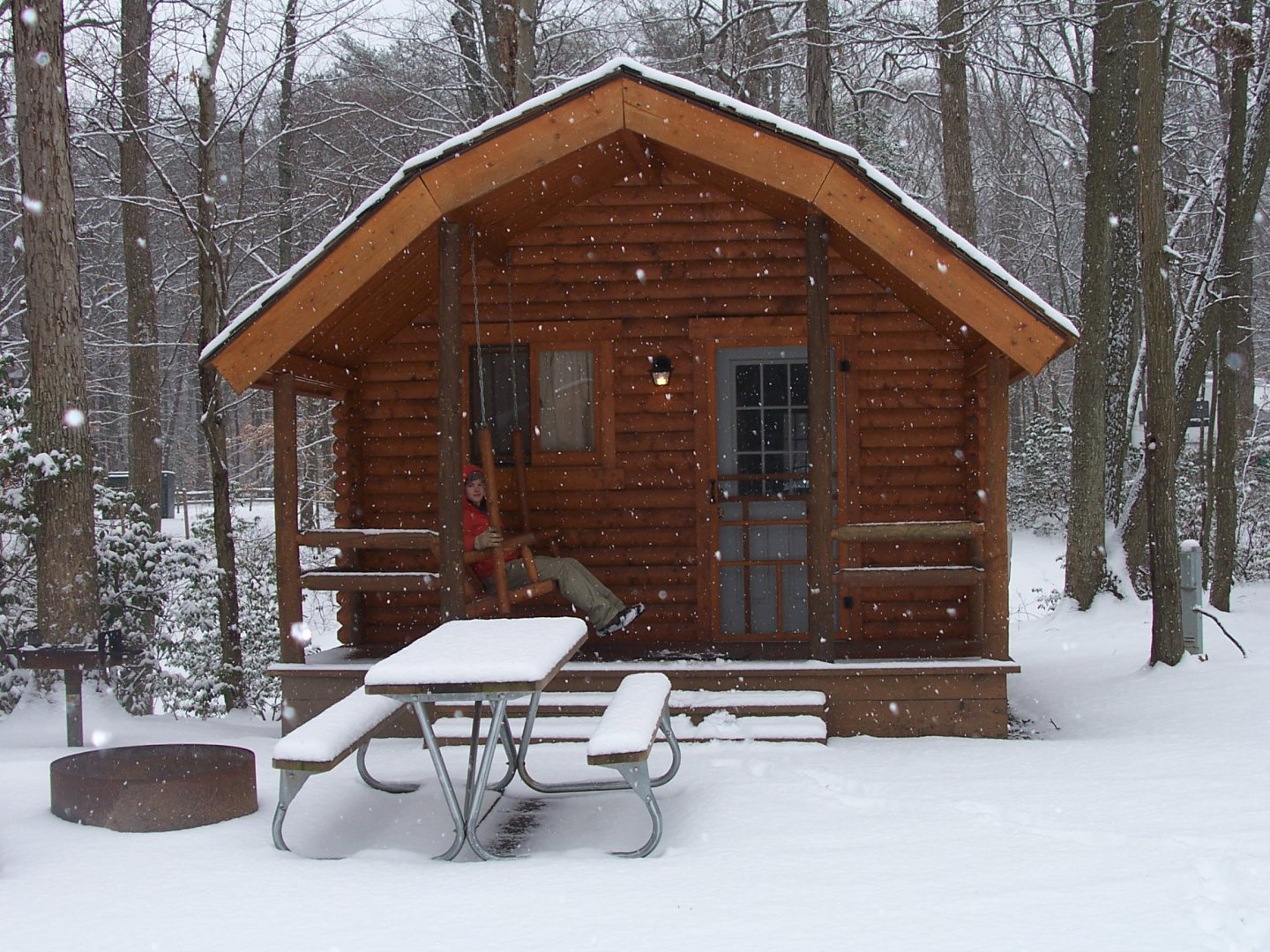Tinner Hill Historic Park
History
This historic site’s story is one of persistence, ingenuity, courage, survival, and triumph. It is a story remarkable for its reflection of key junctures and crises in the American past. It is pivotal in revealing the changing fortunes faced by local African Americans and in featuring how effectively and bravely they fought for rights and equality.
The Tinner Hill community was founded in the late 1880’s when Joseph Tinner and his wife, Elizabeth bought a dozen acres to make it possible for their family and others to become landowners, allowing them to pursue the freedom and equality promised at the end of the Civil War. Records reveal that Tinner Hill community members were educated, employed in a variety of professions and trades, and active in the social and political arenas.
In 1887, a line gerrymandered a significant number of African American residents into Fairfax County was drawn, dividing the Tinner Hill community. Although the homes were side by side, the line left some family members as residents of Falls Church, and others as residents of Fairfax County. It made little difference to the community, who continued to thrive in spite of the political distinction. However, in 1915, the Falls Church Town Council proposed a law that would segregate the town, forcing African Americans to live in a small “colored only” zone. The black community reacted swiftly, risking their lives by resolutely opposing the ordinance.
On January 8, 1915, Mr. Joseph Tinner and Dr. E.B. Henderson convened a meeting at the Tinner’s home. Joining Tinner and his wife Mary at the meeting were Mr. William Carpenter, Rev. John Colbert, Mr. Robert Evans, Rev. George Powell, Mr. George Simmons, Mr. Lewis Summerall and Mr. Melvin Tinner. They formed the “Colored Citizens Protective League” to fight the ordinance, pooled their resources, hired attorneys, and were able to file a law suit claiming that the law was unconstitutional. These local leaders and those who joined them went on to fight against the Jim Crow segregation laws in Virginia and for equal educational and economic opportunities for all people.
The “Colored Citizens Protective League” eventually became the first rural chapter of the NAACP. The Tinner Hill community survives today as a testament to the struggles and the triumphs of its past residents and other Falls Church African Americans.


